Black Cohosh: May Work Better For Menopause Than Most Medications
Black Cohosh: Since the German Government E-Commission’s Herbal Monographs scientifically validated medicinal herbs over 30 years ago, a recurring message is conspicuously clear—many herbs work better than prescription medications. Herbalists know why.

Disposable Women. This Myth-Busting Herb Is A Menopausal Wonder
What if Nature never intended that menopause be undesirable or unwelcome?
That it doesn’t have to be the beginning of the end of health and body integrity?
Instead, what if menopause is the normal, natural time in a woman’s life when her body’s preoccupation with a perpetuation of the species stops, and her era of matriarchal wisdom ensues to bless humanity with insights gathered over a lifetime.
It’s a provocative thought modeled on other species—elephants, meerkats, orcas, honeybees, lions, bonobos, spotted hyenas, ants, and mole rats—where matriarchal wisdom is necessary for a healthy society. And where matriarchs live long and prosper.
IMHO. Granny may not text LOL and OMG, but she sure knows how to make chicken soup for the body and soul. Don’t we all need a dose of elder wisdom to better advance humanity in a high-tech world where corporations are guiding our lives for their benefit?
Definitions
Perimenopause is the “drivers start your engines” that occurs before menopause —the phase where the change of life begins. Hormonal activities change, and often there are accompanying symptoms such as hot flashes and mood swings.
Menopause gets the green-checkered flag to begin its valuable phase of life a year after menstruation stops.
But what if such common menopausal symptoms are reflections of other causes that need to be addressed? Not necessarily with synthetic hormonal replacement defiance that incurs unwanted side effects, but with lifestyles that preempt symptoms, and therapies that help the body re-align itself with Nature’s plan?
What Preemptive Lifestyles?
Inclusions. Weight-bearing exercise, sunshine for Vitamin D3, a healthy diet that provides absorbable calcium, synergistic minerals, and hormonal precursors. Less stress that depletes the adrenal glands which are needed to produce estrogen and progesterone in menopause.
Avoidance & Moderation. Some lifestyles take a toll on hormonal and bone health – too much coffee, too much alcohol, smoking tobacco, exposure to plastics, and pesticides.
Nutritional Accommodation For Special Times. Pregnant and nursing women give large amounts of their essential hormones, calcium, energy, and nutrients to the developing child. Diet and supplements can augment this requirement and minimize the toll.
Menopause Myths Abound.
There are many myths about menopause. Myths such as 1) women will inevitably get osteoporosis, 2) Women need antidepressants to cope with moods, 3) Women need drugs to avoid dry, wrinkled skin, 4) Menopause is a disease to be treated.
Disposable? Such short-sighted attitudes are based on an unspoken myth, readily embraced by modern medicine, that once a woman can’t conceive a child, she becomes disposable. Today, people cry out for recognition, significance, and equality — All Lives Matter!
Historically, the disposable woman concept was used to sell hormone replacement therapy.
It started in the 1970s with osteoporosis flyers.
The errant message surmised that, in youth, the female body stores calcium in the bones until menarche, then spends from that “bone-based calcium savings account” until she depletes her reserves, breaks a hip, and dies.
Actually, calcium absorption and resorption are bidirectional processes. Nature says that bones can be rebuilt.
Nature’s Answer. After child-bearing years, the ovaries quit producing estrogen and progesterone. The woman’s body switches that responsibility over to the adrenal glands to make enough hormones to maintain health, smart brains, and bone density.
Mummies in Egypt, Scandinavia, and China reveal the myth-busting exception to the errant “disposable rule” via elder females (80- and 90-year olds) with super strong bones. What did the ancients do or not do? It’s fair to entertain the thought that it’s probably diet, exercise, and herbs.
Adrenal Health Is Pivotal.
The subject of “adrenal fatigue” or “adrenal insufficiency” is mostly ignored in medicine. That is (unless you are seeing a functional medicine doctor, acupuncturist, clinical nutritionist, or natural health practitioner). Today’s stressful lifestyles may deplete the adrenal glands’ integrity and ability to perform after menopause.
Adrenal stress hormones, particularly cortisol, are linked to hypothyroid performance.
It’s probably a cellular safety device where the ATP energy cycle becomes diminished to spare the cell membranes from damage by the free-radicals required to make chemical energy.
It may well be that modern stress, and the modern denatured diet, contribute to poor adrenal performance later in life when a woman needs adrenal hormones to protect her bone integrity.
Black Cohosh: The One Herb That Performs Better Than ERT, Gabapentin, and Prozac
Women are taught that they need to take synthetic horse-urine estrogens and synthetic progestin (progesterone) to thwart the menopause disease. This is an oppositional approach to menopause. It does not address the causes of symptoms that 80% of perimenopausal women today experience – moodiness, bone loss, reduced energy, and dryness.
What does the research say about menopausal defiance with synthetic hormone replacement? It increases the risks of:
Vaginal bleeding
Urinary incontinence
Dementia
Strokes
Blood clots and deep vein thrombosis
Bloating, Fluid Retention
Heart Attacks
Breast Cancer
Dying from Breast Cancer (after being diagnosed)
Dying from lung cancer (after being diagnosed)
Mammography is less effective. Women on ERT are advised to expose their bodies to more frequent doses of ionizing radiation, which can cause cancer.
Black Cohosh: Is it just me, or is something seriously askew?
Are women really being asked to choose an increased risk of breast cancer, strokes, and dementia over occasional hot flashes?
Bio-Identical. Need to mention that bio-identical hormones from a compounding pharmacy are not the same as the synthetic hormones. The liver is better able to process bio-identical hormones and they are not linked to causing breast cancer.
Bio-Identical hormones come from plants and are often employed by functional medicine doctors to provide relief for women experiencing menopausal difficulties. The key is to keep addressing the cause of the symptoms while bio-identical hormones provide protection and relief.
Black Cohosh: Could A Buttercup Be Superior To Hormone Replacement Therapy?
Yes, Indeed! Science validates, via double-blind placebo studies, that the herb, Black Cohosh root, called Actaea racemosa and Cimicifuga racemosa, provides safe and viable support for graceful menopause.
Please don’t confuse Black Cohosh with Blue Cohosh (Caulophyllum thalictroides, a different species.)
The study’s judiciously-crafted wording demonstrated that Black Cohosh is “equipotent” to combination ERT in relieving vasomotor symptoms (hot flashes). Also, is equipotent for improving the risk of osteoporosis.
What makes Black Cohosh vastly superior to HRT is the herb does not increase the risk of strokes, heart attacks, cancer, that accompany the drug option.
But wait, Black Cohosh gets even better.
You can also put Black Cohosh up against the popular drug, Gabapentin (Neurontin), often used for menopause but designed for anxiety, restless legs, neurological pain, and seizures. Historically, Gabapentin is associated with suicide, addiction, respiratory failure, and impaired motor function while driving.
Black Cohosh comes forth as effective without the terrible risks.
But wait, there’s more!
Science put Black Cohosh to the test versus the Selective Serotonin Re-uptake Inhibitor (SSRI) drug, Prozac (fluoxetine), often prescribed for menopausal hot flashes and night sweats. The 2007 study gave the gold medal to Black Cohosh for being most effective by 23% without the side effects of Prozac, which include heart palpitations, low libido/weak orgasms, panic disorders, headaches, fatigue, and hives.
Our Natural Health view, based on common sense and validated by anthropological and scientific studies, first points out that Nature does not mandate women as disposable.
The poet, Joyce Kilmer, wrote, “But only God can make a tree.” Nature resoundingly rejects Science’s attempts to isolate, fraction, duplicate, and sell plant molecules as pricy drugs. This is evidenced by drugs’ undesirable side effects and ineffectiveness to cure.
The herbs, time and again, demonstrate their ability to support humanity in all phases of life for more optimal life experiences.
Novel Solution.
The reason Big Pharma got off track with unnatural drugs is an unbridled profit motive. Herbs cannot be patented, but fractioned, synthetic molecules can.
Many drugs are simply pale reflections of plants. What if Big Pharma were allowed to patent a selected species or extraction of Blue Cohosh root, and have doctors use that instead? It would work better and be safer. And profits still gained. Just a thought. Or perhaps an FDA that recognizes ancestral medicine as a right and freedom for humanity. to have a fair choice?
Prophetic Wisdom. Dr. Benjamin Rush admonished, “Unless we put medical freedom into the Constitution, the time will come when medicine will organize into an undercover dictatorship to restrict the art of healing to one class of men and deny equal privileges to others; the Constitution of the Republic should make a special privilege for medical freedoms as well as religious freedom.”
Somewhere, someday, Nature’s genuine medicines may find their way again into mainstream use, and menopause becomes the reward of a life well-lived, and life’s lessons well learned. Happy, rewarding menopause in the fullness of life.
Citations
Bretveld RW, Thomas CM, Scheepers PT, Zielhuis GA, Roeleveld N. Pesticide exposure: the hormonal function of the female reproductive system disrupted? Reprod Biol Endocrinol. 2006;4:30. Published 2006 May 31. doi:10.1186/1477-7827-4-30
Anderson GL, Judd HL, Kaunitz AM, et al. Effects of estrogen plus progestin on gynecologic cancers and associated diagnostic procedures: The Women’s Health Initiative randomized trial. JAMA 2003; 290(13):1739-1748.
Hendrix SL, Cochrane BB, Nygaard IE, et al. Effects of estrogen with and without progestin on urinary incontinence. JAMA 2005; 293(8):935-948.
Shumaker SA, Legault C, Rapp SR, et al. Estrogen plus progestin and the incidence of dementia and mild cognitive impairment in postmenopausal women: The Women’s Health Initiative Memory Study: A randomized controlled trial. JAMA 2003; 289(20):2651–2662.
Shumaker SA, Legault C, Kuller L, et al. Conjugated equine estrogens and incidence of probable dementia and mild cognitive impairment in postmenopausal women: Women’s Health Initiative Memory Study. JAMA 2004; 291(24):2947-2958.
LaCroix AZ, Chlebowski RT, Manson JE, et al. Health outcomes after stopping conjugated equine estrogens among postmenopausal women with prior hysterectomy: a randomized controlled trial. JAMA 2011; 305(13):1305–1314.
Heiss G, Wallace R, Anderson GL, et al. Health risks and benefits 3 years after stopping randomized treatment with estrogen and progestin. JAMA 2008; 299(9):1036–1045.
Chlebowski RT, Anderson G, Manson JE, et al. Estrogen alone in postmenopausal women and breast cancer detection by means of mammography and breast biopsy. Journal of Clinical Oncology 2010; 28(16):2690–2697.
Chlebowski RT, Anderson G, Pettinger M, et al. Estrogen plus progestin and breast cancer detection by means of mammography and breast biopsy. Archives of Internal Medicine 2008; 168(4):370–377.
Byrne C, Ursin G, Martin CF, et al. Mammographic density change with estrogen and progestin therapy and breast cancer risk. Journal of the National Cancer Institute 2017; 109(9). doi: 10.1093/jnci/djx001.
National Geographic, Why Ancient Women Had Strong Bones, https://www.youtube.com/watch?v=Vcbds6YgK7o
Oktem, M., Eroglu, D., Karahan, H.B. et al. Black cohosh and fluoxetine in the treatment of postmenopausal symptoms: A prospective, randomized trial Adv Therapy (2007) 24: 448. doi.org/10.1007/BF02849914
Quintero GC. Review about gabapentin misuse, interactions, contraindications and side effects. J Exp Pharmacol. 2017;9:13–21. Published 2017 Feb 9. doi:10.2147/JEP.S124391
Gabapentin, CASRN: 60142-96-3 National Library of Medicine. MedlinePlus. August, 2018 Peer Reviewed.
Tandon VR, Mahajan V, Gillani ZH, Mahajan A. Pregabalin-induced self-harm behavior. Indian J Pharmacol. 2013;45(6):638–639. doi:10.4103/0253-7613.121390
Wiley Online Library, J of the American Geriatrics Society, Recurrent Hypoventilation and Respiratory Failrue During Gabapentin Therapy, Dec. 2001 doi.org/10.1046/j.1532-5415.2001.49105.x
This document has been composed with the instant HTML converter tools. Click here and test it for free.


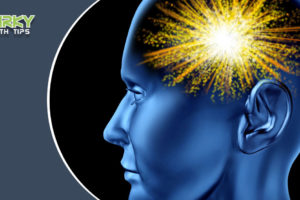
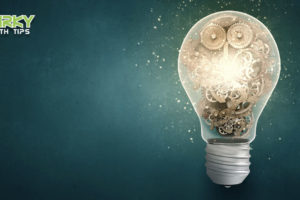
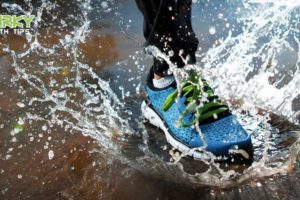
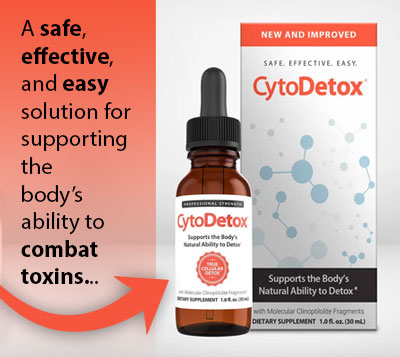
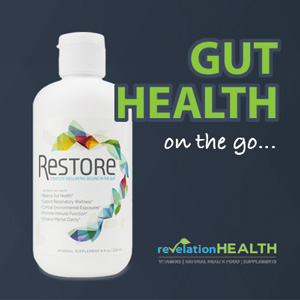
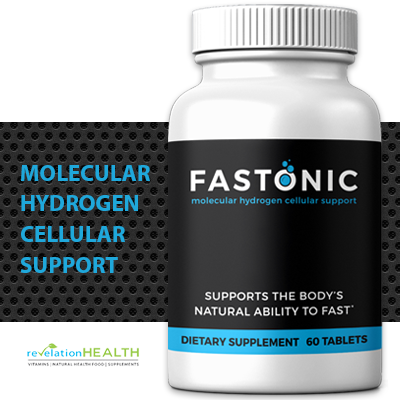
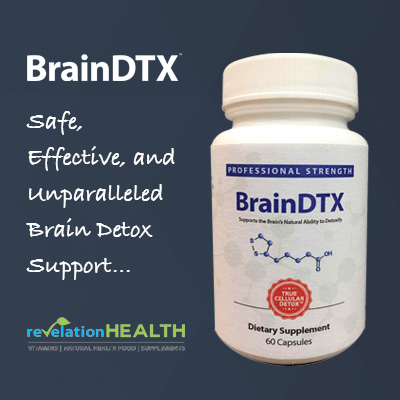
Leave a Reply
Your email is safe with us.